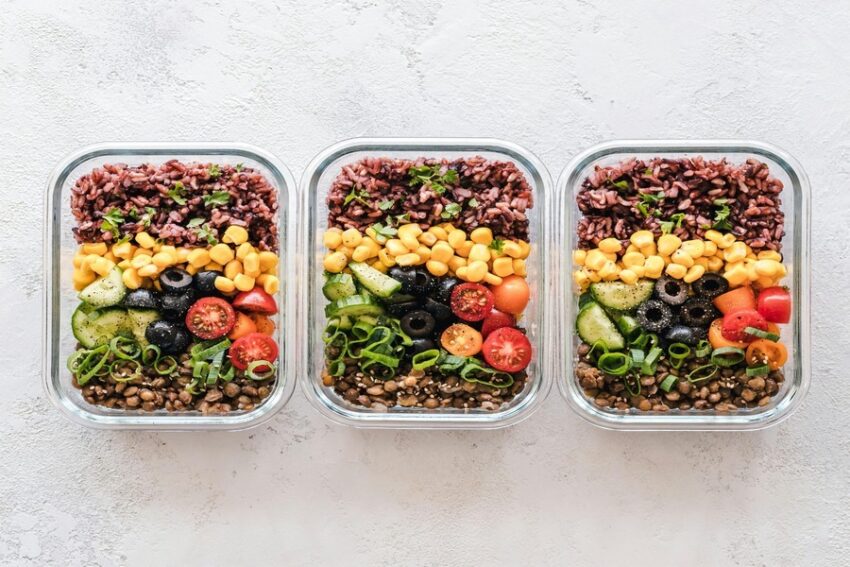Have you ever noticed that some weeks you feel like a champion eating salads and smoothies while your body craves chocolate and pasta in others? That is not willpower rubbing off; that is your hormones speaking! Cycle syncing meals is a method of eating that takes advantage of the phases of your menstrual cycle to align your nutrition by working with your body, rather than against it.
Picture this, you are in the follicular phase feeling energetic and light, your meals are fresh and colorful with lots of greens. Now, fast forward two weeks you are in the luteal phase, and all you want are warm hearty dishes that feel like comfort foods. This is not a contradiction. It is a great example of body awareness.
Let’s talk about how cycle-based meal planning can transform your energy and your weight management journey.
1. Learn About the Four Phases to Your Cycle
The menstrual cycle is divided into four main stages: the menstrual cycle, follicular phase, ovulatory phase, and luteal phase. Each stage plays a crucial role in the overall process of them associated with different hormonal changes. Eating to those changes can begin to boost our mood, our digestive system and even our energy itself.
- During the menstrual phase, which is (Days 1-5): it’s a good idea to eat foods that are rich in iron, like spinach, lentils, and red meat, to help replace the blood you lose.
- Follicular Phase (Days 6-13): Fruits and vegetables and light proteins make you feel full of energy.
- Ovulatory Phase (Days 14-16): Such anti-inflammatory foods as berries, leafy greens, and omega-3-rich fish are fantastic here.
- Luteal Phase (Days 17-28): Magnesium-rich foods such as dark chocolate help alleviate the symptoms of PMS and grains and roasted vegetables will help.
This mindful eating principle drives cycle syncing meals enabling your body to feed what it actually wants during each phase.
2. The Hormones and Foods
Shaping metabolism, few hormones including estrogen and progesterone signal hunger and promote fat storage. During the follicular and ovulatory phases, the metabolism slows a little, and lighter foods help maintain equilibrium. During the luteal phase, the metabolic rate accelerates; therefore, it is the better time for calorie-dense, hearty, comforting foods.
This is where meal planning by your cycle helps significantly. Cycle-based meal planning is adaptable. Instead of rigidly adhering to one plan, you create a flow with your food that influences your weight naturally. Many women have done this as part of their best diet plan for weight loss and decreased cravings and overeating.
3. Building Your Cycle Syncing Plate
Consider these meals as signals that ensure the body feels nurtured and safe. A luteal dinner might consist of roasted sweet potatoes, baked salmon, and sautéed spinach. During the follicular phase, a nice quinoa salad with chickpeas and lemon dressing might be preferred.
The idea here is for an individual to be prepared: keep in your pantry foods that match the phases of her cycle. When cravings strike, choose balanced foods that please both your body and your taste buds. Flexibility, sustainability, and everything intuitive are what make the cycle syncing system great.
4. Why This Works Long-Term
This method is not so much about hormones, rather about establishing an internal awareness. Paying attention to week-to-week moods can allow food choices that create energy stability, mood changes, gold balance, and happy metabolism. Eventually, the relationship with food changes from being about control and limits to feeling peaceful and more aware.
If you find that you have had wildly inconsistent eating habits and have never been able to stick to a diet, try cycle-based meal planning. Your body will thank you every single day and not just one time in a month.

